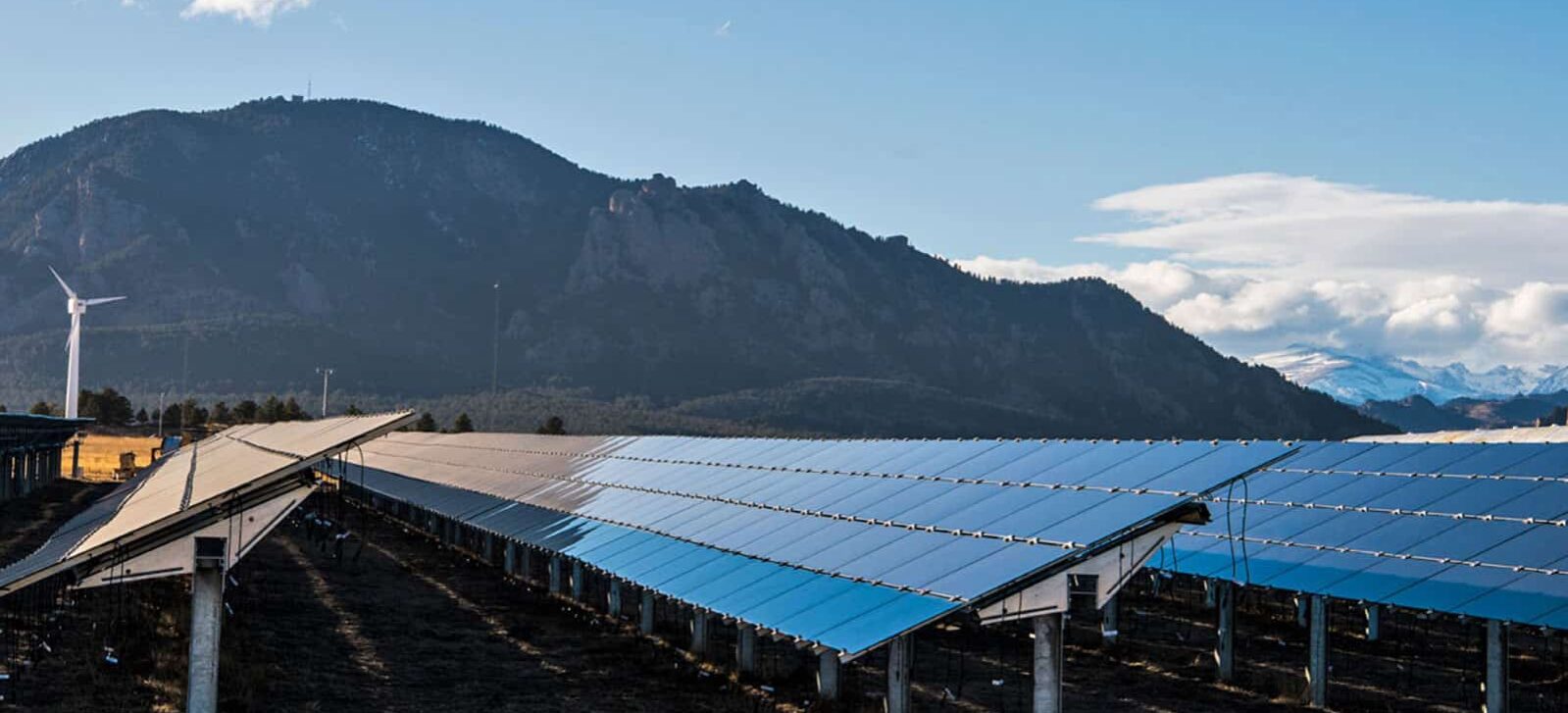We use various forms of energy daily, but rarely do we stop and appreciate it. We expect the fridge to keep our food cool and preserved or the lights to turn on when we flip the switch. But we seldom spare a second thought about how energy makes our lives easier or how much of it we need to go through our day comfortably. Therefore, since energy plays such an important role in our lives, let’s explore the question how is energy measured in detail.
How We Measure Energy
There are different types of energy, such as electrical, chemical, mechanical, thermal, and nuclear. The International System of Units (SI) proposes the following units in relation to power and electricity.
- Joule – used for energy, work, the quantity of heat
- Watt – used for power
- Coulomb – used for the quantity of electricity or electric charge
Additionally, we use one of the two units to measure electric current and potential to power homes, devices, businesses, etc.
- Volt (V) – the official unit of electric potential
- Ampere (A), or amp – the official unit of electric current
However, this article will focus on electrical energy since it is the one solar panels produce to power your appliances.
We measure electricity in watts (W). One thousand watts is called a kilowatt (kW). Furthermore, when we use one thousand kilowatts in one hour, we call it one kilowatt-hour (kWh), which is what you can see on your electricity bill.
Let’s take a look at one example. If you have a 1000-watt washing machine, that means it needs 1,000 watts (which is equal to 1 kW) to run. If you let your washing machine work for one hour, you will use one kilowatt-hour of energy.
In 2020, an average US residential utility customer used 10,715 kilowatt-hours (kWh) of electricity per year or about 893 kWh per month.
What Does That Mean for Your Solar System?
Solar systems create electricity to power your appliances, light-bulbs, etc., by converting the sunlight into an electrical current. We consider such energy clean and renewable because it doesn’t involve burning coal, fuel, gas, or oil. But how do solar systems do that?
Solar panels use a special technology called photovoltaics that can convert light to electricity. Certain materials, called semiconductors, naturally free electrons when exposed to the sunlight, which results in electronic processes. Semiconductors have a structure that forces these electrons to move through an electrical circuit and send electricity to the grid.
Your solar panels consist of small photovoltaic cells put together in solar arrays. So, when sunlight hits those cells, they create energy.
When it comes to solar panels, one kilowatt-hour refers to how much energy the panels produce. Accordingly, this measurement is presented as kilowatt-hour per square meter of the panel surface. For instance, your 3kW system generates around 3,000 kWh of electricity a year if you live in a cloudy region. But if you live in a sunny climate, the amount will be almost double.
So, before investing in a solar system, you need to factor in the average annual electricity consumption, your area’s climate as well as your house’s energy needs. That way, you will have a better indication of what to expect from your solar panels.
Final Thoughts
It’s always a smart decision to invest in an energy source that will never dry out. Of course, you also get the benefit of doing something good for the planet by not leaving a carbon trail. For this reason, more and more homes and businesses today are investing in green solutions that inevitably include solar panels.
Contact Atlantic Key Energy for more information if you are interested in checking out what solar can do for you.
What Else to Know About Solar and How it Works
Do Solar Panels Work in the Winters?
The Power of 10,000 Atlantic Key Energy Customers
Five Home Efficiency Tips for 2021





